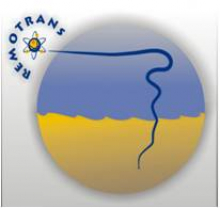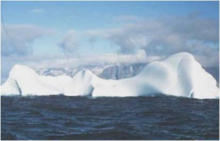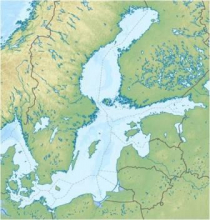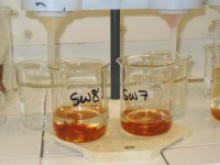Behaviour of radionuclides in the aquatic environment
ADVANCE, ARMARA, MARINA-BALT, REMOTRANS
| REMOTRANS - Processes regulating remobilisation, bioavailability and translocation of radionuclides in marine sediments (2000-2003) | |
|---|---|
 | The aim of this project was to study remobilisation of radiologically important radionuclides from sediments with different characteristics from European environments. This was necessary as transboundary exposure has to be taken into account in modelling and assessment of committed doses. The study evaluated the long-range transport of radionuclides, their speciation and their uptake by biota. The results provided more precise knowledge of long-term consequences from present and past sources and a more informed debate on waste management in the marine environment.
|
| ARMARA - Radioecological assessment of the concequences of contamination of Arctic waters: modelling the key processes controlling radionuclide behaviour under extreme conditions (1996-1999) | |
|---|---|
 | The objectives of this project were to measure gamma and plutonium isotope activity concentrations in biota samples collected from Russian Arctic seas; compare the activity concentrations measured in two salmon populations migrating in the Arctic and Baltic Seas and to calculate the bio-concentration factors for 137Cs and 239,240Pu in benthic organisms, fish, seabirds and seals in Arctic seas. The study also determined the distribution of Cs and Pu radioisotopes in the organs of seals and obtained information on the consumption of marine products by the local population.
|
| MARINA-BALT - The radiological exposure of the European Community from radioactivity in the Baltic | |
|---|---|
 | The aim of this project was to examine the overall impact on the population of EC Member States from natural and man-made radionuclides in the Baltic Sea. The study collected information on the disposal of wastes into the Baltic Sea and activity concentrations measured in marine waters and biota. Data was also collected on the quantities, distribution and utilisation of marine products. This information was then used to calculate the dose to man.
|
| ADVANCE - Source-specific ecosystem transfer of actinides utilising advanced technologies (2001-2003) | |
|---|---|
 | This project compared the influence of source-term and ecosystem characterisation on the mobility and biovailability of actinides in terrestrial, freshwater and marine ecosystems. The studies provided information on the mechanisms and key processes influencing actinide transfer and the subsequent implications for dose and impact assessment. Case study sites were located in Palomares, Mayak, Irish Sea, Semipalatinsk and Chernobyl, sites which represented different source-terms and ecosystem characteristics. State-of-the-art speciation methods and ultra low-level techniques were used to determine source-term characteristics, actinide transfer and bioavailability at each of the sites.
|
